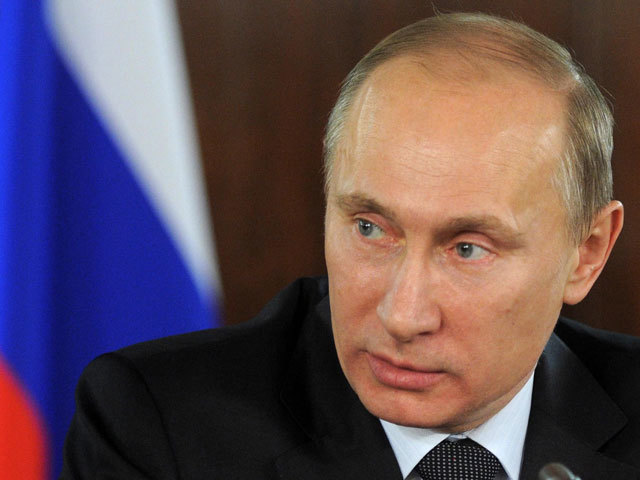
Japanese lawmakers are renewing the push for a 600 billion yen ($5.9 billion) natural gas pipeline from Russia, which last week signed a supply deal with China, in a bid to cut energy costs after the Fukushima nuclear disaster.
A group of 33 lawmakers is backing the 1,350-kilometer (839 miles) pipeline between Russia’s Sakhalin Island and Japan’s Ibaraki prefecture, northeast of Tokyo, Naokazu Takemoto, the secretary general of the group, said in an interview on May 23. He plans to propose the project to Prime Minister Shinzo Abe as early as June so it’s on the agenda when Russian President Vladimir Putin visits in autumn, he said.
The shutdown of Japan’s nuclear reactors after the 2011 Fukushima disaster has spurred renewed interest in the Russia- Japan pipeline link, which has been discussed for more than a decade, Takemoto said. The effort also highlights Russia’s expanding role as a energy supplier to Asia after the country signed a $400 billion deal last week to sell China 38 billion cubic meters of gas annually for 30 years.
Japan spent a record 7 trillion yen last year on liquefied natural gas imports, more than double the cost three years ago, according to the Ministry of Finance. The country could lower its energy bill by getting gas directly by pipeline rather than more-expensive LNG, which is shipped by tankers, Takemoto said.
“Building an LNG plant requires a lot of money and makes the per unit cost of gas very expensive,” said Takemoto, who serves in the House of Representatives as a member of the ruling Liberal Democratic Party. “Japan would be better off” buying gas via pipeline, he said.
The Russia-China accord for gas supplies by pipeline from eastern Siberia was probably reached at a price of $10.50 to $11 per million British thermal units, Bank of America Corp. said in a report yesterday. That compares with a current spot price of $13.30 for liquefied natural gas cargoes delivered to Northeast Asia, New York-based Energy Intelligence said today on the website of its World Gas Intelligence publication. Spot LNG prices are at a 19-month low after falling from a record of $19.70 in February, according to WGI data on Bloomberg.
The proposed Russia-Japan pipeline is designed to transport as much as 20 billion cubic meters of natural gas annually, according to proposals by the group consisting of lawmakers from ruling parties LDP and New Komeito. That’s equivalent to about 15 million metric tons of LNG, or 17 percent of Japan’s imports.
All of Japan’s 48 reactors are shut for safety checks after the magnitude-9 quake and ensuing tsunami in March 2011 caused a triple meltdown at Tokyo Electric Power Co.’s Fukushima Dai-Ichi plant, shaking public confidence in nuclear energy. Power companies have applied for the Nuclear Regulation Authority’s safety review of 18 reactors.
About half of Japan’s reactors may never be restarted because of the nation’s tougher safety standards, Yuji Nishiyama, a Tokyo-based analyst with JPMorgan Securities Japan Co., said in a May 26 phone interview. That means the utilities would have to keep importing a large amount of natural gas to fill the gap left by the shutdown, he said.
Japan, the world’s biggest LNG importer, bought 87.49 million metric tons of the fuel in 2013, according to finance ministry data. Russia accounted for 9.8 percent of the country’s gas and was the fourth-biggest supplier after Australia, Qatar and Malaysia.
Recommended for you
